Tracking technologies
Tags, sensors and machine data to bring visibility to your operation
Location and situational awareness
Trackable IoT’s™ software links your assets, equipment and personnel locally and globally with instant visibility through dashboards, queries and reporting
The Trackable™ Platform

ASSESSMENT
Collaborative assessment and requirements analysis for solution design.

RESULTS
Reach your company's full potential by maximizing resource utilization.
Tracking technologies
The critical path to a successful tracking project is selecting the right technology(s), such as UHF RFID, Ultra-wide band, LoRa™ or Bluetooth™ (BLE). Trackable Logistics helps our customers understand the capabilities and constraints of each technology and selection of the technologies that will optimize results.
Tags
Trackable provides industry leading tags based on the types of objects and people to be tracked, the distances at which tags can be detected and the environments in which they will function. We make sure you get the best tags for your applications for the detection distance and accuracy delivering maximum performance.
Readers and Sensors
Tag readers, gateways and sensors can be connected to a network by Ethernet or PoE, by WiFi or Bluetooth, and, can also link directly to the Internet. Various types of antennas are included in readers or connected to readers to transmit signals that detect tags. Readers and antennas can be placed at doorways, gates or at any choke-point for pinpoint location detection and/or can transmit signals thousands of feet or even miles for real-time (RTLS) tracking.
Tracking technologies comparison
| Technology | range | accuracy | tag cost |
|---|---|---|---|
| BARCODE / QR CODE | Close contact, generally < 3" | Based on the location space | > $0.01 |
| HF RFID (13.56MHz) | ~ 1.5m | ~ 2.5' / .75m | > $0.10 |
| UHF ULTRA-HIGH FREQUENCY RFID (915MHz) | < 15m / 50' | ~ 5' / 1.5m | > $0.08 off metal, >$0.75 all surfaces |
| ACTIVE RFID (433MHz) | < 600m / 2,000’ | ~ 6.5’ / 1m or higher based on reader positions | > $20.00 |
| UWB LUTRA-WIDE BAND RFID (3.1 to 10.6 GHz) | < 300m / 1,000’ | ~ 4” / 10cm | > $20.00 |
| BLE LOW ENERGY BLUETOOTH (2.45GHz) | < 100m / 325’ | ~ 8’ / 2.5m | > $20.00 |
| LoRa (433 to 923MHz) | >10km | ~ 20 to 200m / | > $20.00 |
| GSM | ~ 30km / 18miles | ~ .6miles / 1km | > $20.00 |
| GPS | Global with satellite line-of-sight | ~ 30’ / 10m | > $20.00 |
What tracking technology is right for you?
NFC RFID (13.56MHz) is a very close proximity detection technology, up to approximately 1.5”. NFC is most commonly associated with credit cards that over recent years have advanced from magnetic card swipe to insertion of cards for reading of the NFC chip/label. NFC devices act as the electronic identity of documents and keycards. They are used in contactless payment systems and access control systems, allowing tracking of personnel and vehicle, and, mobile payment replacing or supplementing systems such as credit cards and electronic ticket smart cards.
The most common type of barcode is a single identifying number, such as ‘product # 123456’ or ‘asset # 720017. The barcode’s vertical lines array to precisely represent the ID #, representing an identification # that is machine readable by USB and mobile scanners.
Scanning the bar code is exactly the same as typing in the ID # using a computer keyboard, but much faster and more accurate, thus speeding transactions and improving performance.

1D barcode
Whereas 1D barcodes only represent a single identifier (ID #), 2D barcodes and QR codes can include many additional data fields, up to 2,000 characters. For example, ‘asset # 123456’, ‘manufacturer’ and ‘model’ can all be included within the barcode.
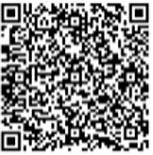
2D barcode
Barcode labels can be printed by any organization using roll printers or sheet printers, typically with paper or poly label material. Thermal and Thermal Transfer printers are most commonly utilized for commercial purposes.
HF (high-frequency) RFID technology was one of the first prominent technologies that enabled passive versus human-dependent tag detection, such as was the case with bar coding. Detection zone antennas have a range of a few feet and a mobile HF scanner a range of about 8”. HF (13.56 MHz) has largely been supplanted by UHF RFID due to its longer range, however certain use-cases, such as libraries, still favor HF due to its excellent tag detection capabilities at detection zones and its avoidance of the unintended reading of other tags in proximity when utilizing mobile RFID scanners for inventory purposes.
HF RFID tag costs start are as low as around $0.10 depending on quantity.
UHF (ultra-high frequency) RFID addresses use-cases where further distance tag detection is required, typically up to 40’ at a detection zone or up to 20’ with mobile scanner. UHF RFID tags are low cost and do not have batteries, enabling the use of UHF RFID for applications that would be too costly using longer range technologies that utilize expensive battery tags.
UHF RFID is ideal for a) passively tracking objects going through doorways or chokepoints where objects and people travel b) inventory objects in-circulation to keep the Trackr™ database up-to-date with most current object and people locations c) FIND missing objects with mobile scanners (similar to a Geiger counter) and d) provide security at any RFID doorway, chokepoint or exit to trigger alarm and flashing lights in case of security breach.
RFID tags for non-metal surfaces are flat and are available in various sizes with detection distances up to approximately 40’ at a cost of around $0.10 or greater depending on type of tag and quantity. RFID tags for metal or near-metal surfaces are specially constructed to avoid interference and generally have a read range up to 30’ at a cost of around $1.00 or greater depending on type and quantity of tags. Speciality long range tags, approximately 4” x 1” or greater are available with detection ranges up to approximately 100’ at around $4.00+.
Long range tracking technologies have a detection distance from 100 meters to 10 miles, depending on indoor versus outdoors and what obstructions are within the areas where tags are being detected. Most of these technologies will isolate the location within approximately 5’ to 10’. With UWB RFID, the location can be pinpointed to within inches.
The primary difference of long range tracking technologies versus barcodes, NFC, HF and UHF RFID technologies is that the tags do not have a battery and do not ‘beacon’ their locations, meaning that a RFID reader has to be within at most 40’ distance to transmit radio waves to the tag and to ‘wake up’ the tag. Long range tracking technology tags include a battery. This means that the tag is sending out its location in a robust and aggressive manner that is easy for readers/interrogators to detect from long distances such as 100 meters or miles.
Long range battery tags are generally in the $40.00 to $80.00 price range, depending on the type of tag, and can potentially be as low as around $25.00/each. The lifetime of the tag battery is dictated by how often it beacons (sends out) a message “here I am, here I am, here I am” indicating its specific location. For example a tag that beacons ever second may have a lifetime of 2years, whereas a beacon every hour a lifetime of 5 years, and a beacon once a day a lifetime of 10 years.
UHF RFID tags are small enough to be placed within objects or on even very small objects. Long range tracking technology tags have sizable battery and as such are of large size. A decision to implement a long range tracking technology starts with determining if the objects and/or people to be tracked can accommodate a large tag.
As with Active, LoRa and UWB RFID technologies, GSM-GPS tags have a battery and are sizable. Pricing generally starts around $70.00. The battery life can span up to approximately 7 years, depending on how often the tag transmits its location, such as every second versus every hour.
A primary benefit of GSM-GPS tags is that the tags can be detected anywhere inside or outside based on proximity to a cell tower and can also be detected outside by GPS. GSM/GPS location data automatically updates a customer’s software, like Trackables’ Trackr™ software, whether a local premise or cloud-based server.
You can count on Trackable's experience
U.S. Dept. of State: object management worldwide
Implemented database management and tracking system for:
¤ Tracking passports received and passport bins through processing steps
¤ All weapons, gear and ammo issued to agents and embassies worldwide
¤ Tracking system for secret records for the Office of the Inspector General
U.S. Air Force: weapons, gear, ammo and personnel tracking
The U.S. Dept. of the Air Force, like almost all military and police worldwide, kept track of weapons, gear and ammo with forms that were used at the time of issue or return. Widespread inefficiencies led the Air Force to Trackable staff to collaborate with top ranking Air Force officials to design modern solution:
¤ Tag weapons, gear and ammo with RFID tags hidden within weapon grips
¤ Track movements at computers and at issue-return windows
¤ Authenticate personnel, ensure current certifications and track custody with electronic signatures
United Arab Emirates Ministry of the Interior: file jacket tracking and record management
The United Arab Emirates Ministry of Interior maintains large numbers of files and documents. Systems and processes were inefficient leading to delays in accessing needing files and missing documents, leading to engagement of Trackable staff to:
¤ Establish records management computerized registry and RFID tags on all files
¤ RFID antennas along all hallways and at fileroom doorways to passively track files
¤ RFID antennas and alarms at building exits to prevent the unauthorized removal of files
Trinidad and Tobago Police Services: evidence and seized property management
Trinidad and Tobago Police Services was storing and managing evidence and seized property across 100+ police precincts. There were prevalent challenges keeping track of crime scene evidence and there were concerns relating to corruption. Utilized Trackable’s staff to implement new state-of-the-art RFID solution:
¤ Established an array of multiple RFID labels for tagging various evidence-types
¤ Required personnel authentication and electronic signatures for transfer-of-custody
¤ RFID antennas and alarms prevent unauthorized evidence movement or exits
E-Durables: manufacturing automation
Implemented production automation and IoT end-to-end goods and process traceability for one of the world’s leading OEM air conditioner manufacturers:
¤ Six (6) assembly lines and manufacturer of 4,000+ air conditioners per day
¤ Flexibility and tuning across fifteen (15) brands and hundreds of models
¤ IoT automation increased efficiencies, minimized labor costs and reduced customer complaints, leading to customer retention and outperformance of competitors
Miami Museum of Modern Art: art and artifacts tracking, accountability and security
Museums maintain a vast majority of their art and artifacts in storage, rotating in and out of display areas over time and lending to other institutions. The museum was losing track of art and artifacts due to manual registries, inefficient processes and a lack of modern tracking technologies. Trackable staff delivered:
¤ A database of all art and artifacts owned by the museum and the current location of each
¤ RFID technology that automatically tracked art and artifacts exiting or entering storage areas
¤ Mobile RFID scanners to inventory art when on display and to find missing art in storage
Chevron: worker safety, accountability and mustering
Though Chevron had mustering protocols, when an actual chemical spill occurred, it took hours to produce an accurate Muster Report and hours more to find the missing person, who had already died from chlorine ingestion. Implemented:
¤ Long range RFID battery tags to track all workers across the onshore refineries 22+ acres of operation.
¤ Strategically placed long range RFID readers to detect all workers, everywhere, real-time.
¤ Command center software utilized by on-premise security team to generate and manage muster reports.
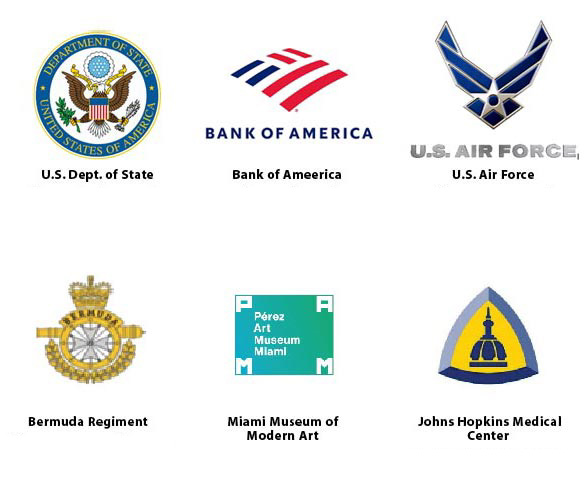
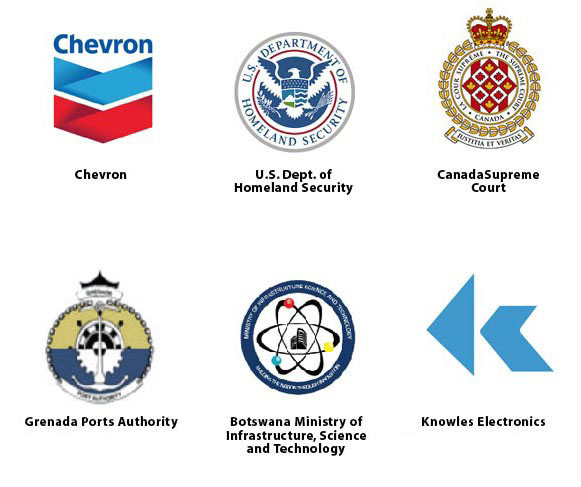
The Trackr™ solution
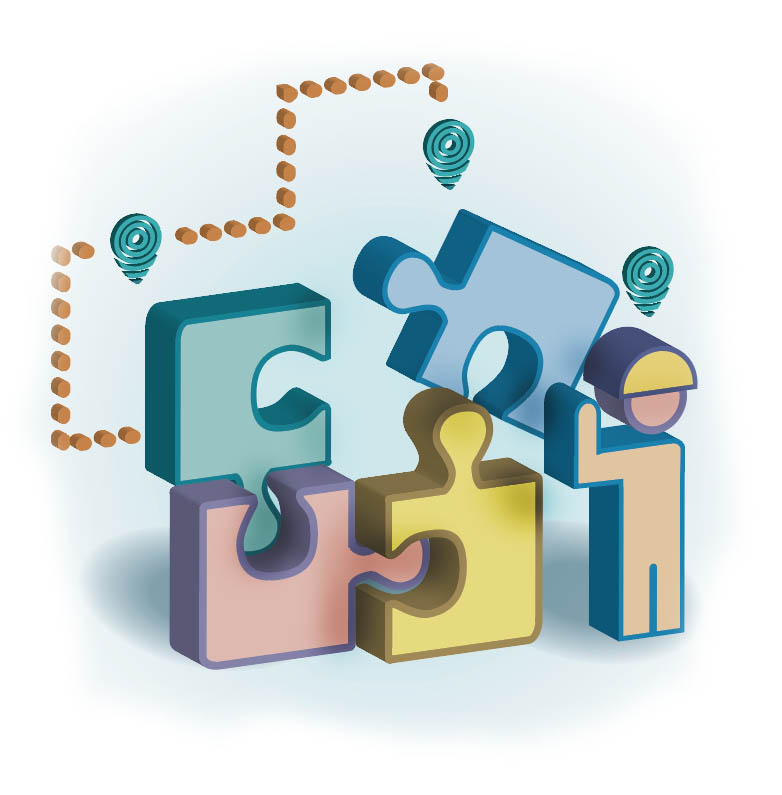
Trackable IoT™ works with your team to understand your requirements and to configure an optimized instance of Trackr™ specific to your needs for improved operations. We are with you from initial analysis through requirements definitions, iterative software design, implementation and ongoing support.
Trackable IoT™ delivers turn-key solutions including tags, sensors, security and software installation and training. Our local agent is available to assist in the Trackr™ design, installation and continuity.
Contact us
Customer Service: +1 941 946-1468
Offices and partners worldwide
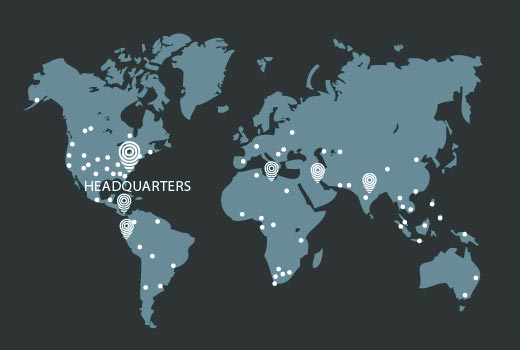
Trackable IOT
Address:
1680 Fruitville Road, Suite 512
Sarasota, Florida 34293 USA
Email us:
info@trackableiot.com
© Copyright 2021, Apogee IoT, llc
